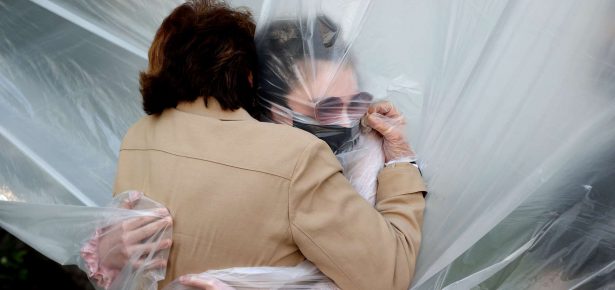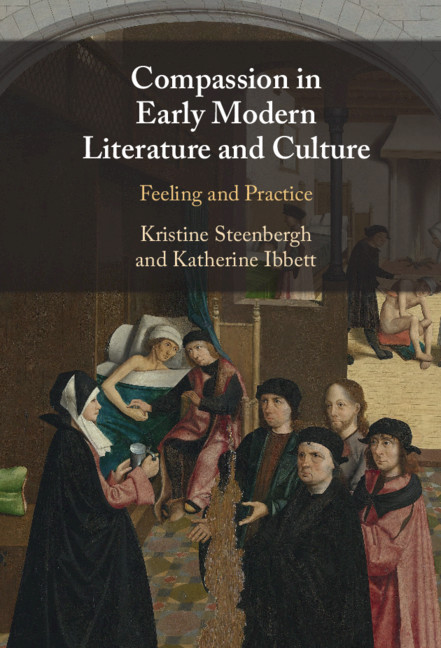
The past few years have been rich (if tiring) ones for historians of emotions. “Depressed? It might be political,” the Chicago-based FeelTank slogan asked, way back in the early 2000s; these days – post-Trump, mid-pandemic, all up in our feels – we’re more attuned than ever to think about public feeling, and to know emotion’s work at every scale of our lives. Compassion is the order of the day: we hear it called for it as both public policy and private gesture, but also worry about it as empty exhortation and worryingly finite resource. In April 2021, weary and worried, we know compassion to be both necessary and necessarily not enough.
In early modern Europe, the shifting forms of compassion also provided ways to think through social change at every scale. The proper production and policing of compassion was central to arguments about religious difference, to accounts of urban cohabitation in rapidly expanding cities, and to the carefully delineated ways white Europeans allowed themselves to imagine colonial subjects. In considering how this emotion was longed for, practiced, described and delineated, Compassion in Early Modern Literature and Culture: Feeling and Practice argues that emotions themselves have a history, and at the same time help to shape processes of historical change.
We are particularly attached, as our title indicates, to thinking about the practice of emotions, or, following the anthropologist Monique Scheer, to thinking about emotion as a practice. The chapters in our volume trace how compassion was practiced in alms petitions and other charitable practices, or in gestures, such as a doctor gently touching a patient’s arm. They also outline patterns of changing practices: late-medieval ways of arousing and expressing compassion, for example, were radically transformed in the context of the Reformation in England, and contemporary authors describe their nostalgia for practices lost.
The past year has painfully foregrounded that emotions live in practices subject to change. Doctors and nurses needed to find new ways to express compassion with hospitalized corona patients, since touch and even facial expressions were barred by protective clothing and face masks. Everyday practices of compassion, ranging from a casual hug or shared cup of bitter machine coffee at work to the communal experience of fellow-feeling at funerals, were abruptly changed by the pandemic. Did our experience of compassion change with these sudden changes in modes of expression?
Finally, we want to note that putting together an edited volume is ideally its own form of practice of compassion. In part, that’s because we’ve seen each other through a lot of ups and downs, mostly downs, from Brexit to bereavement; but also because seeing any volume through is an exercise in thinking with others and in taking on their ways of feeling. We’ve learnt a lot from stretching our minds into others’ writing, and hope that the volume will invite readers to extend themselves into the practice and politics of compassion in the early modern period.

Latest Comments
Have your say!